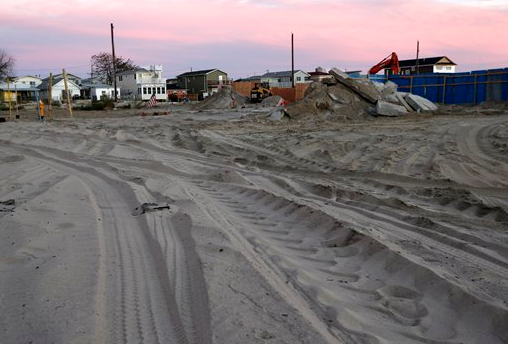Judge flunks NYC in disaster plans for disabled

New York City violated laws designed to protect the disabled because its otherwise laudable evacuation plans for emergencies such as Superstorm Sandy or the Sept. 11 attacks fall short of adequately caring for about 11 percent of the city’s population, a federal judge ruled Thursday.
Judge Jesse Furman said the city’s emergency preparedness plans don’t ensure that people with disabilities can evacuate before or during an emergency and fail to provide sufficiently accessible shelters. He said they also do not sufficiently inform the disabled about the availability and location of accessible emergency services.
Furman, ruling in a lawsuit brought by the nonprofit Disability Rights Advocates, found that the city violated the American’s with Disabilities Act and the New York City Human Rights Law.
